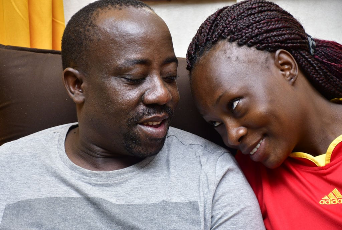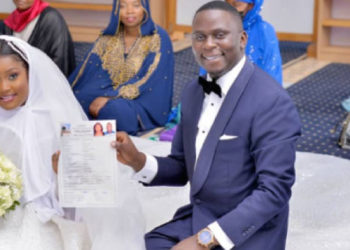By Simon Mburu
What you need to know
As an individual, there are limits you can stretch and limits that will break you and your relationship when and if they are violated. Here is how to go about setting effective boundaries in your relationship.
Good relationships are usually made up of two unique individuals who have working and mutually respected boundaries.
But setting boundaries in a relationship is not the easiest of tasks. Zipporah Wambui, a family therapist, says the hardest part in setting boundaries arises from social misconception.
“It is commonly and socially assumed that you should lose your individuality and merge into one with your partner when you are in love or married. But this is a recipe for disaster,” she says.
What are your limits
“You will never be able to set boundaries if you are not aware of how far you can be stretched, what you can condone, and what your non-negotiables are,” says Dr Ilene Cohen, a psychotherapist and the author of When It’s Never About You. Knowing your boundaries and setting your boundaries are two different things.
“It is not something you can wake up and declare. It is something that will be derived from your day-to-day moral and behavioural code of conduct,” says Wambui.
Declaring boundaries
Declaring your limits to your spouse should not be an act of war. Let it be a mutually beneficial conversation on both your tolerance levels. Henry Cloud, the author of Boundaries: When to Say Yes, How to Say No, says this conversation will do well to be more about what either of you is about rather than an argument.
“You do not set boundaries to intimidate, but to be aware of each other in order to enhance mutual respect,” he says. This is echoed by Dr. John Amodeo, the author of Love & Betrayal. He says by making it a collaborative process, you will effectively create a deeper connection and a better relationship template with your spouse.
Continuity
Setting boundaries is not a one-time activity. It is a continuous process that you may have to engage in from time to time in your relationship. Cloud says it will involve saying no.
“If your partner asks you to engage in something that makes you uncomfortable, you will have set a boundary by simply saying no,” he says. This will then set a precedence that you would not wish to engage in such an activity in the future. Nonetheless, you will do well to avoid casting your boundaries in stone.
Violation
The effectiveness of your boundaries will only be as good as the respect that your partner accords them. This means that there will be problems in your relationship if your boundaries are constantly being violated, knowingly and unknowingly. If things aggravate with no signs of remorse or regret from the violating partner, you may consider terminating the relationship altogether. This is because the violation could be a sign of an abusive and controlling partner.
Boundaries for self
When you set boundaries for your partner, you must also set a series of declarations on what you will do if and when those boundaries are habitually broken. For example, Wambui says, you cannot set a boundary and leave it open to violation with no consequences.
To have effective boundaries, it is always better that you set them at the beginning of your relationship. This is never an easy task. The beginning of a new relationship is often inundated with heavy doses of passion and romance. This can make it difficult for you to settle into your relationship at the right place. The consequence will be that you will not only be unable to set your boundaries, but you may lose yourself in the relationship.
The risk
Dr Susan Krauss, the author of The Search for Fulfilment says that a rushed relationship will not last beyond the infatuation stage. Click to read more…










